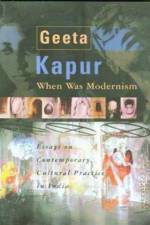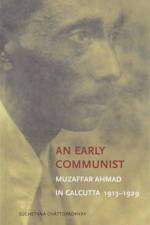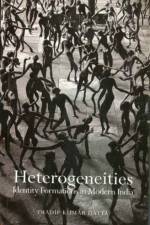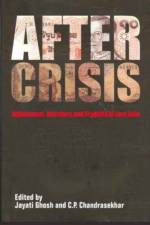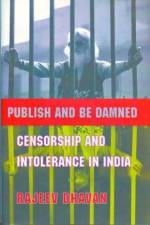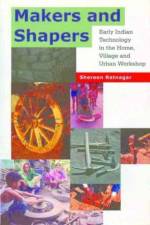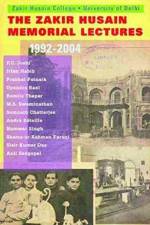av D. N. Jha
547
The primary focus of most scholars in the field of medieval Indian studies has been on economic history. Their judgement and estimate of medieval Indian society are largely based on the data available on economic, social, and politico-administrative institutions. In contrast, processes and phenomena that belong to the spheres of mentality, religion, culture, scientific knowledge - the worldview of medieval Indians - have attracted little attention, and mostly as an appendix to the 'fundamental' themes. The typical historical treatise on the medieval period deals with political events, the economy (agriculture, crafts and trade), major social groups (their relation and life), the administrative system, taxation and, at the end, as a concession, 'a bit of culture' - brief descriptions of religious life, literature, and the fine arts.This volume seeks to create an interest in the mental and behavioral aspects of medieval society in India. The contributors to the volume belong to various schools of thought and follow different methodological approaches in their study of socioeconomic and administrative development of medieval India. The papers presented here make a collective effort to denote several components of the medieval Indian 'mental program'. First, that the medieval Indian state may be viewed not only in terms of control, exploitation, extraction and appropriation, but also in terms of practices, ideas and ideologies that were closely linked (among other things) with religion. Second, that medieval Indian society had a specific understanding of the past and of social experience, and that history, individual or collective, was recorded and reproduced not just to state facts, but also to create patterns for subsequent generations to follow. Third, that a central feature of medieval society was hierarchy - as embedded in the relations not only between social classes and groups but between individuals, and as encompassing even intimate feelings and desires. Further, that the intellectual worlds of medieval India, as revealed by literary, philosophical and grammatical treatises, which are the repositories of intellectual, spiritual and emotional experience, reflect the modes of dissemination and preservation of tradition as well as of dissent. Fourth, the presence of social and communal conflict, and of mechanisms of conflict resolution, that were peculiar to medieval Indian society. The editors of the volume believe that there is need for comparative studies, first, to realize the peculiarities of the medieval outlook in various regional cultures of India, and second, to study what in the worldview under research was specifically Indian and what was typically medieval and common to other pre-modern societies.

